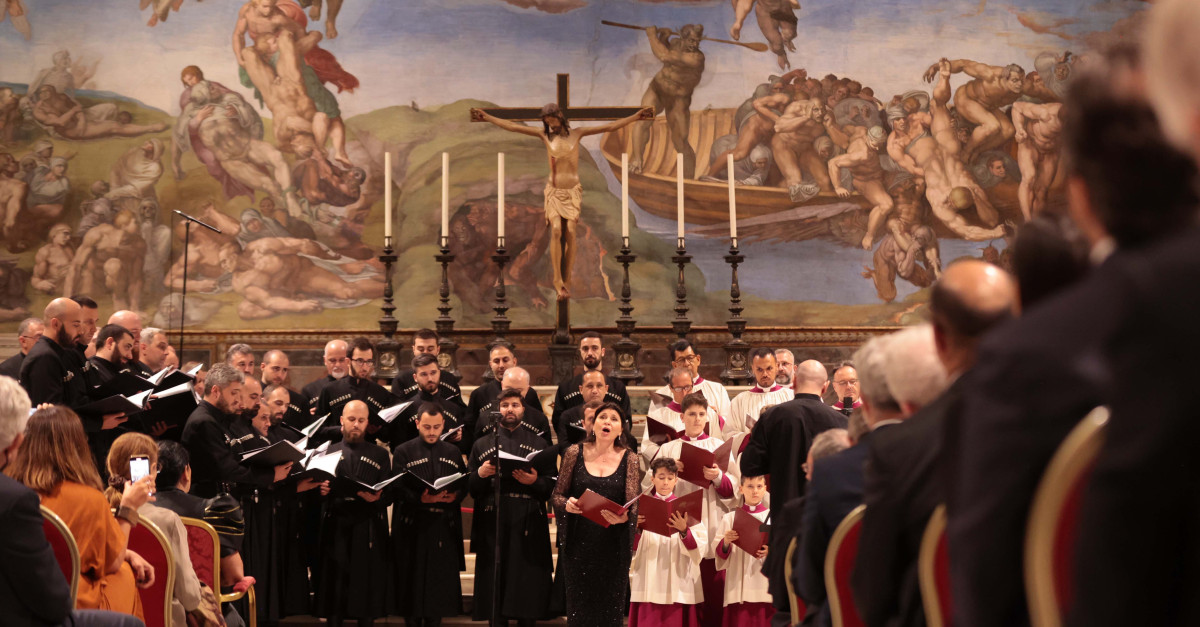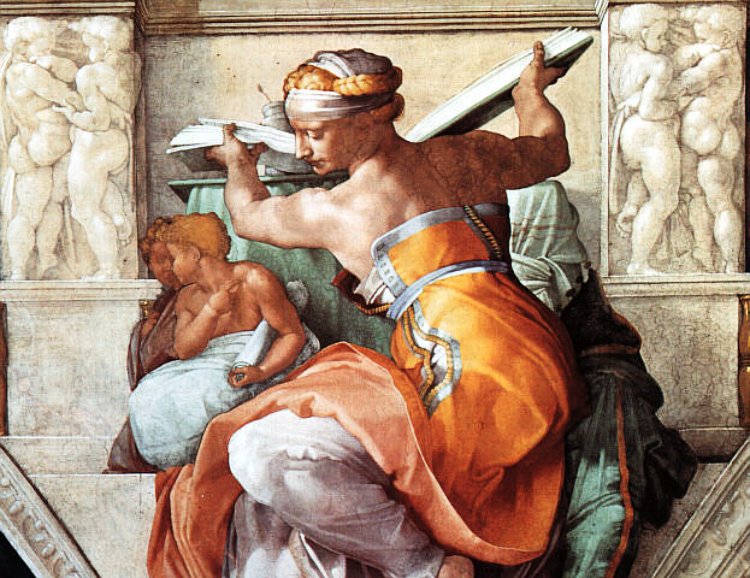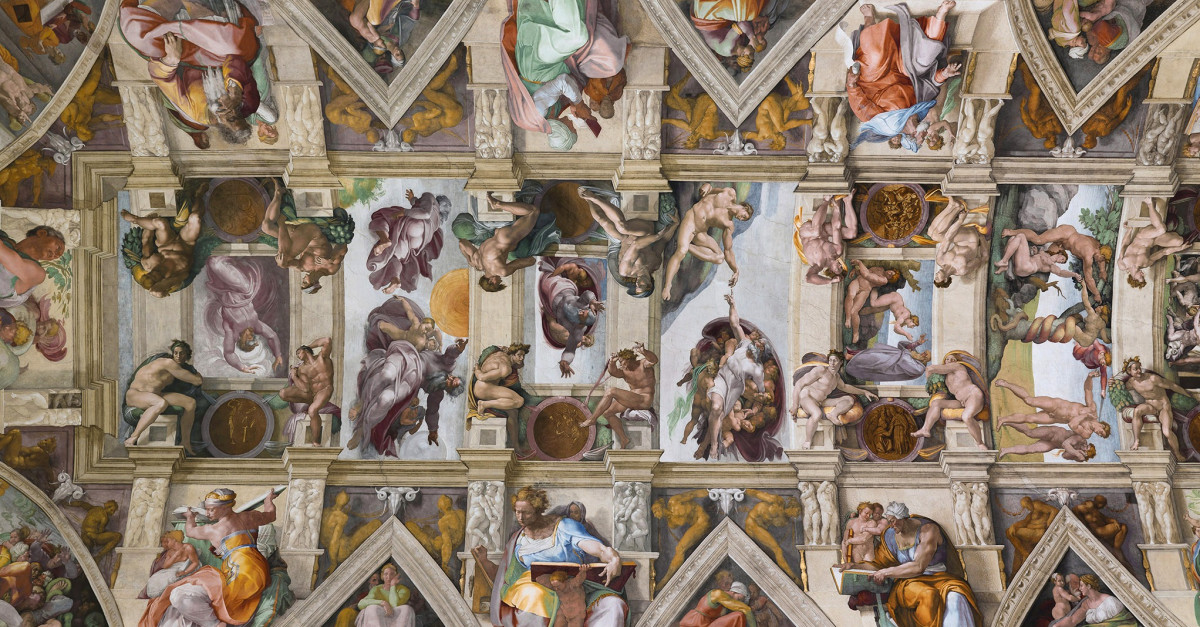The ceiling of the Sistine Chapel in the Vatican is one of the greatest artworks of all time. Painted by Michelangelo in the early 1500s, the images were showing the effects of time by the 1980s. We look at the ambitious project to restore the paintings to their former glory.
The Making Of A Michelangelo Classic
Commissioned by Pope Julius II in 1508, Michelangelo worked on the famous ceiling for four years. He later returned to paint The Last Judgment fresco on the altar wall in 1541 for the unfortunate Pope Clement VII. The paintings represent some of Michelangelo’s finest work, and are a monument to the Italian Renaissance. But time takes a toll.
The Ravages Of The Centuries
People were noticing the slow deterioration of the ceiling frescoes as early as the 1600s, when saltpetre was seen deposited on the painting’s surface by water leaking through the roof. Numerous restoration projects have been carried out over the centuries, including one effort in the 1930s to remove grime and soot. By the late 1970s, the paintings needed more work.
A More Ambitious Restoration
The new restoration project was undertaken in 1980 and was far more ambitious than previous attempts. The frescoes had a film of soot from candles and city traffic exhaust fumes. There were cracks in the ceiling due to the progressive shifting of the iconic building. Water had also seeped slowly through these cracks as well. The team headed by Gianluigi Colalucci had their work cut out for them.
 Giorgi Abdaladze, Wikimedia Commons
Giorgi Abdaladze, Wikimedia Commons
The Technique of The Master
Despite the painting’s condition, the restorers found that the original paint layer was in good condition. This was due to Michelangelo’s use of the classic fresco technique of applying paint to wet plaster to form an indivisible bond between the two materials.
Restoration Methods
The restoration team used polyvinyl acetate resin to reattach any loose pieces of plaster to the original surface. The team used an arsenal of different solvents to attack the materials coating the paint surface. Distilled water was key in removing soot and other gummy or sticky substances. Salt deposits were treated by a chemical solution and then a weak solution of acrylic polymer was applied for protection.
 Michelangelo, Wikimedia Commons
Michelangelo, Wikimedia Commons
A Mixed Response
When the ceiling restoration was done in 1994, it was met with praise by much of the public who loved the new bright colors and visible details. Pope John Paul II also loved it. But many art critics and historians were not so happy with the result. They said that any restoration work was fundamentally changing the nature of Michelangelo’s work, and that previous restorations had already done terrible damage.
A Game Plan For The Future
The Sistine Chapel will be around long after we’re all gone. To preserve the priceless treasure for the future, the Vatican has coordinated with an engineering firm and installed a comprehensive system of air filtration, temperature and humidity controls, and air circulation to keep dirt particles away from the painting.
Judge For Yourself
Whatever anyone says, the Sistine Chapel frescoes should be on the bucket list of those who love great art. Even if you aren’t an art lover, gazing up at that ceiling may turn you into one!
You May Also Like:
42 Sinister Facts About The Medici Dynasty
Tormented Facts About Caravaggio, The Misunderstood Genius
Fierce Facts About Caterina Sforza, The Tigress Of The Renaissance













